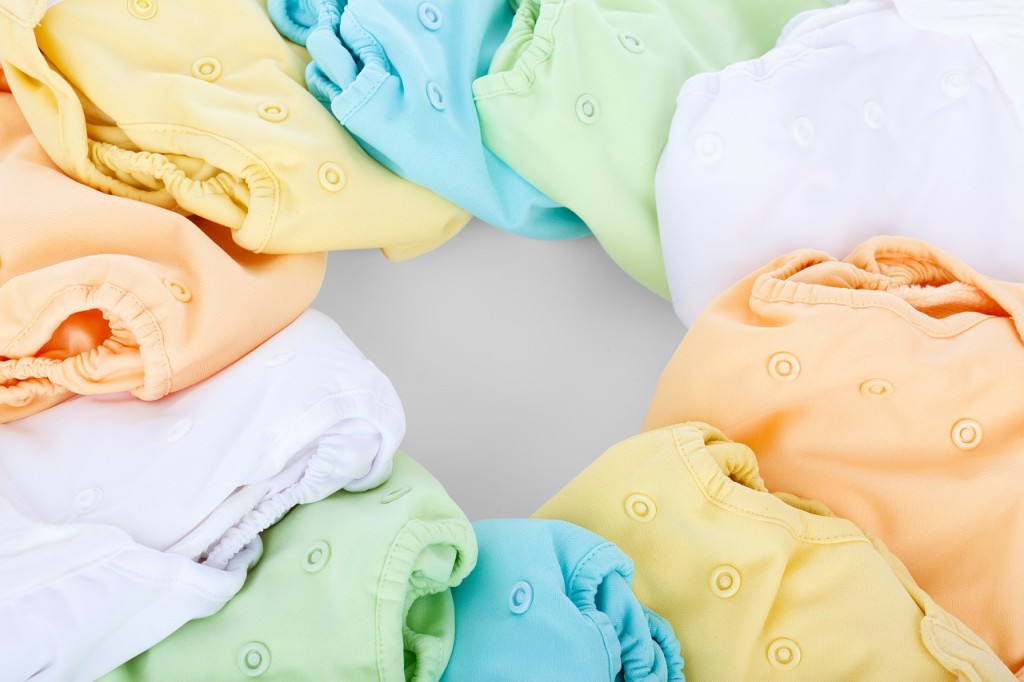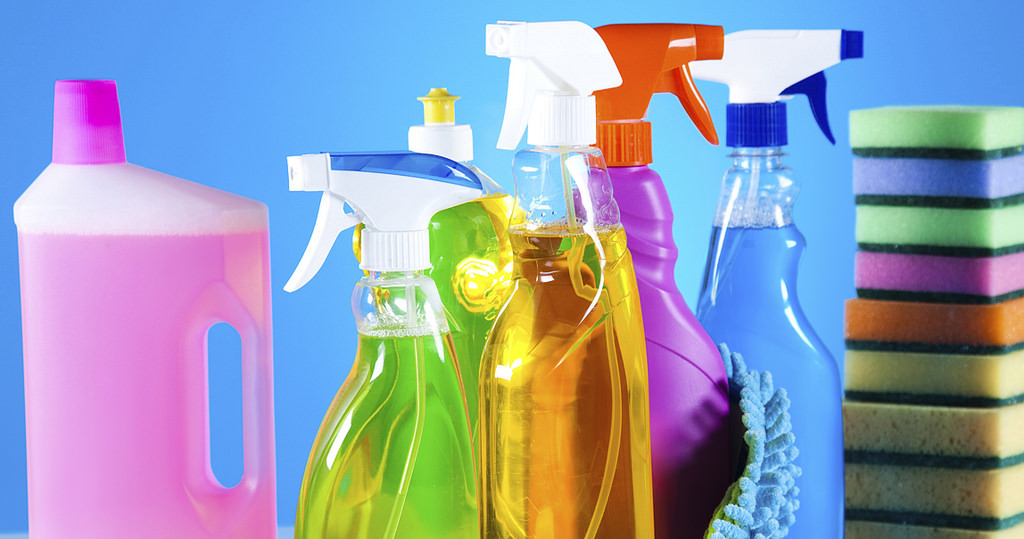Seven Tips to Go Green this Summer
Make your own sunscreen.
It might sound weird, but it’s actually really easy to make your own sunscreen. There are tons of options online, and the ingredients are pretty common – coconut oil, essential oils, etc. Not only will it help the environment, and keep your kids healthy, but you also only need to make as much as you need – so much less waste!
Frequent the famers market
Buying local is always in. The farmers that sell at your local market are usually within driving distance of your house which means you’re helping the local economy, giving your family healthy options, and supporting your businesses in your own neighborhood.
Swap regular charcoal for Cowboy Charcoal (cowboy charcoal.com)
Traditional charcoal and briquettes might make your food tasty, but the particulates emanating off the grill are pretty harmful to the environment. But, trying a brand that’s made from all natural resources, and has a track record of environmentally friendly business decision is a sure fire way to grill up some great BBQ.
Try citrus plants to ward off mosquitos
You’ve seen the “mosquito control” planters all over Pinterest for good reason. They work! Filling up your deck, patio, porch and backyard with mosquito hating greens just might make your summer plans that much sweeter. Try bunches of Citronella plants, Lemon Thyme, and Lemongrass placed around your outdoor areas for some much needed relief. We can’t guarantee that you won’t get bit, but we’re pretty sure your yard will be the nicest smelling place on the block, with the least amount of pesky critters.
For small yards, use a reel mower instead of an electric or gas version.
This is simple – if you can, swamp out a simple push mower for your electric or gas mower. You can mow the grass and get a work out!
Forget the dryer and hang your clothes outside to dry
Another easy change – just hang a clothesline between two pillars, and voila! Instant outdoor dryer. Your clothes will smell like the great outdoors, and your wallet will thank you.
Use a rainbarrel to collect water with which to water your plants
Rain barrels collect the runoff from your gutters allowing you to use all that water to keep your plants and grass hydrated without running up your water bill. Thus saving water and money.




